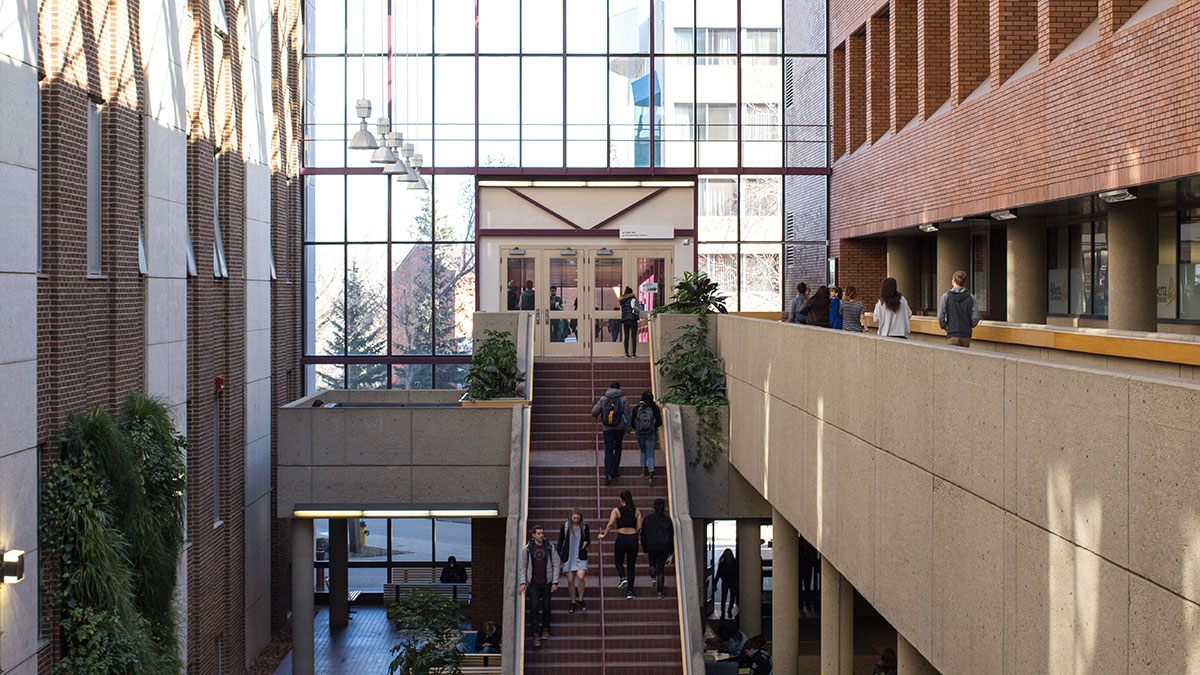Gender wage gap apparent in business graduates
 Christina Varvis
Christina VarvisThe wage gap is increasing between recent business graduates, according to the Bachelor of Commerce Employment Statistics survey.
The difference in salaries among recent male and female business graduates has grown in the past five years. In 2011, the average female salaries totaled approximately $45,742, slightly above the male average of $44,309. The study indicates that in 2015, the female average has remained stagnant at $45,879, while the male average has significantly increased by $7,401 to $53,280.
The survey also indicated a five per cent drop in hiring rates which concerned the study’s publisher, Dale McNeely. As the director of career services for the Alberta School of Business, McNeely said he hopes to ensure new graduates will be prepared for increased competition.
McNeely predicts the disparity will continue to increase and that hiring rates will drop throughout the next few years. The market causes the fluctuations between female and male salaries because the industries themselves determine what they’re paying, he said. While the university can’t do much to affect the market, career services can help students increase their employability.
“It’s hiring rates that we’re concerned about,” McNeely said. “With the economy as it is right now, students have to realize that it’s going to be tight and this is going to go on for a long period of time.”
Salary surveys identify possible explanations of the wage gap, assistant professor of Political Science Siobhan Byrne said. In economic crises, men who work in the economic and financial sector are often the first to lose jobs. Women then have more opportunity to enter the work force and the men who remain employed have suppressed wages. This creates the appearance of equality but when the economy improves, men’s salaries rise and women’s salaries do not, Byrne said.
“One (myth) is that everything will become equal over time. They just have to wait for the wage gap to narrow,” Byrne said. “So as more women are entering universities and more women are entering the employment sector, we’ll eventually see a closing of the gap and that’s not happening.”
Byrne’s students have argued in class that equal representation of men and women in university will help the gender gap eventually disappear, but identifiers such as in the business graduate salary survey suggest this is not the case. And since base wages influence raises throughout a career it is only the beginning of the disparity between men and women, Byrne said.
“All your raises are based on that entry level salary so (women are) already disadvantaged,” Byrne said. “The idea that the plain will equal won’t happen.”
The study has been conducted every year for more than 25 years by the business career services center. Only 28 per cent of recent graduates partook in the survey, meaning it should be taken as a sample, Dale McNeely said.
With the steady drop in hiring rates, new graduates will see an increase in competition, and McNeely said there may even be a decline in entry-level wages. He said he hopes that survey information will help students maintain sensible expectations when job searching.
“If their expectations are realistic then they have a greater chance of being successful,” McNeely said. “If they think they’re going to walk into high-paying jobs that have lots of offers, it just isn’t going to be happening.”
McNeely explained that with the fluctuations of the job market and the economy this is a time of preparation so that students can be educated about their situation while working on their employability.
“For the students, its so they have a clear picture of what’s been happening as to the hiring rates and what (average) salaries are,” McNeely said. “We aim to support our business students for the two or three years prior to them graduating to help them in their professional development to give them the best chance possible.”




